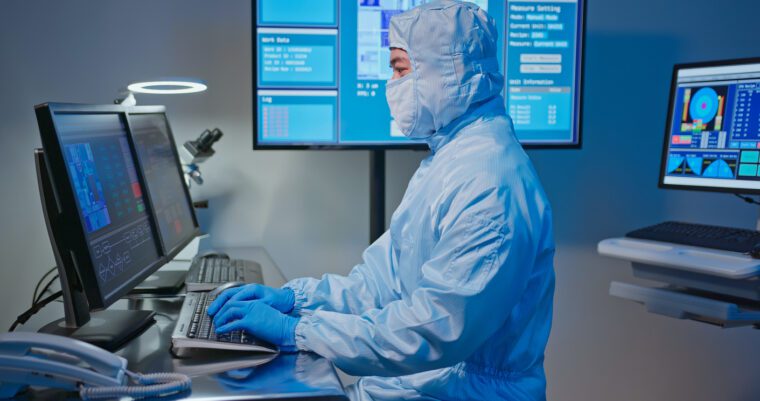
Understanding CAR-T
In June this year, we assembled a panel of experts for a discussion on the future of the CGT industry and how to improve patient access to these new treatments. A particular topic for consideration was the recent Stat News report that 1 in 5 cancer patients awaiting a CAR-T therapy will pass away before their treatment product is ready for infusion.
In light of our latest white paper that outlines this insightful discussion, I thought it would be valuable to our wider readership to briefly explain what we mean when we refer to “CAR-T”.
What are CAR-T therapies?
Traditional cancer treatments work by using external materials, notably chemical toxins or focused ionizing radiation, to destroy cancerous tissue. These approaches, often in combination, can be highly effective but there will always be patients for whom such treatments simply do not work or who relapse despite treatment; after 3 or 4 lines of unsuccessful therapy, patients have historically had no further recourse other than to move to palliative care. Recent advances in cell and gene therapies (CGT), however, have introduced a new lifeline for these patients, based on an entirely different source: the body’s natural immune response.
Leukocytes, or white blood cells, play a critical role in the human immune system by identifying and destroying foreign cells, thus helping the body defend against disease. A particular sub-set of leukocytes, named T cells, have specific receptor proteins on their surface that make them especially effective at targeting cells that have been infected with viruses or cancers, distinguishing the body’s healthy tissue from infected cells and selectively attacking the latter.
Despite this, the types of cancer that can survive multiple lines of traditional treatment will be sufficiently aggressive that normal T cells fail to the identify infected cells, which is how they were able to propagate in the first place. If, however, a cancer patient’s T cells can be “reprogrammed” so that their receptor proteins are able to correctly identify and bind with the specific type of cancer cells, their body’s own immune system can be weaponized to attack the infection.
This is the basic idea behind chimeric antigen receptor T cell (CAR-T) therapies: T cells harvested from a human are genetically engineered to produce receptor proteins that are tailored to a particular type of cancer; those T cells can then be introduced to a cancer patient’s system where they multiply and help to kick-start the body’s natural immune response.
Did you know that Bluecrux has published an eBook about the CGT industry?
Introducing
Voices from the Advanced Therapies Space: collected discussions and advice from experts in the CGT industry
A unique deep dive into the challenges of the cell and gene therapy sector, from the perspective of established experts in the field, in their own words
Download your FREE copy today!How are CAR-T therapies delivered?
CAR-T therapies require a specialist medical facility with apheresis equipment and trained staff to harvest the source material (i.e. the T cells), either directly from the individual patient (autologous) or from a healthy donor (allogeneic). In either case, the process typically means that the live source material must be shipped to a specialist development facility for processing and expansion (approximately 6 weeks), before the genetically altered final product is frozen and then shipped back to the treatment facility so it can be (re)introduced to the patient’s system. Each patient must therefore be scheduled to arrive at the treatment center at the right time to receive their treatment (and, in the case of autologous therapies, to donate the T cells in the first place).
Interested in knowing more?
If this has piqued your interest, you can download our latest white paper “Industrializing the next generation of cell and gene therapies” to read a detailed discussion of CAR-T logistics and related challenges faced by the CGT industry.



